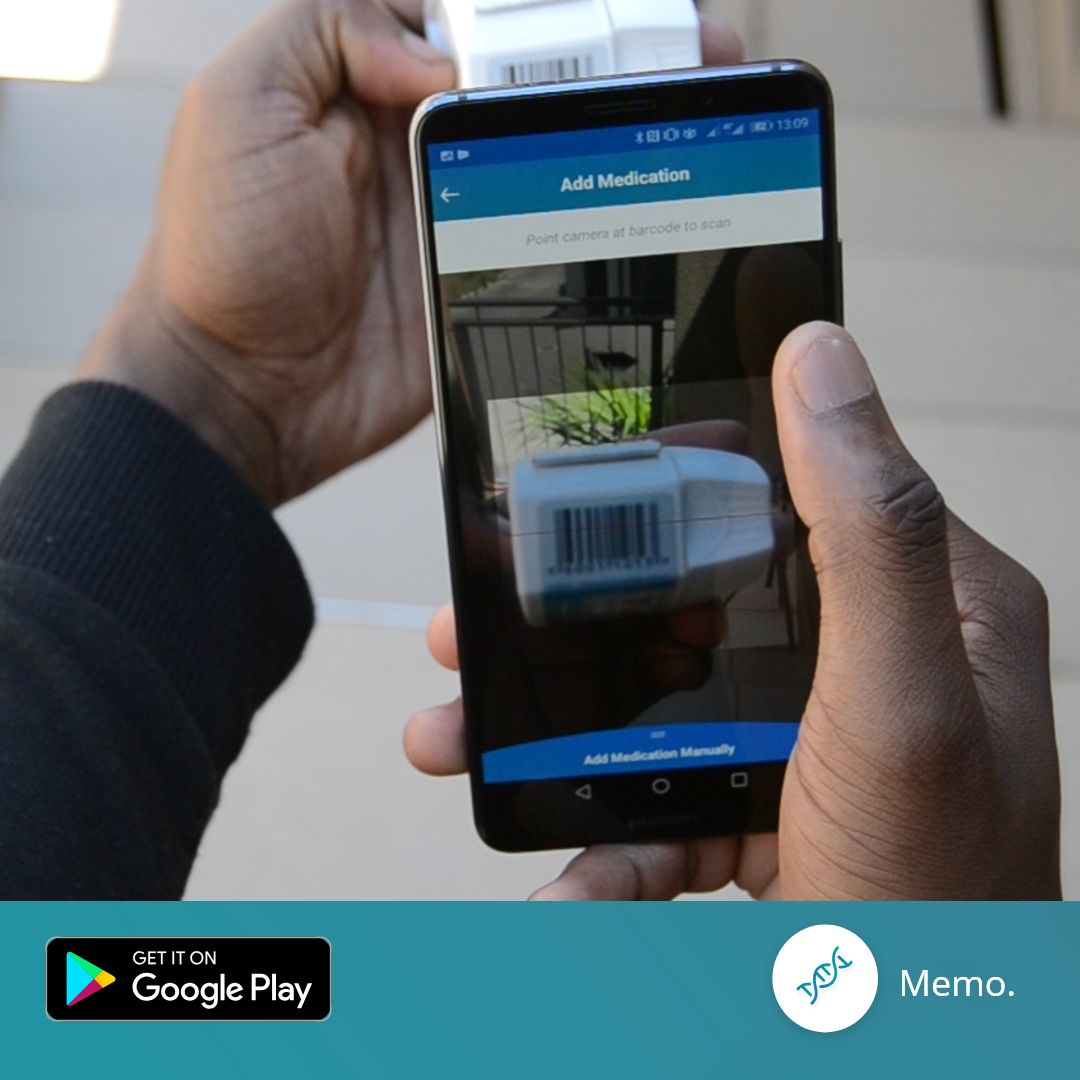This past week, Assemblage, a non-profit artist facilitation organisation, presented an exhibition titled #SOMETHINGMUSTFALL at Kalashnikovv Gallery in Braamfontein. The exhibition marks the end of a year-long studio bursary of six artists – Vivien Kohler, Sandile Radebe, Minenkulu Ngoyi, Isaac Zavale, Khehla Chepape Makgato and Zwelethu Machepha. Inspired by the #RhodesMustFall movement – which was conceived at the University of Cape Town and called for the removal of the statue of John Cecil Rhodes on the university’s campus – the exhibition engaged with politics of heritage, identity and representation.
I spoke with some of the artists to discuss their interpretation of the theme while they put the finishing touches to their artwork.

Sandile Radebe is an artist well-known for his work in the space of graffiti and questions the role of language in constructing realities. His monument stood at the center of the exhibition space, prompting me to circle it almost endlessly amazed at its symmetry.
“Rhodes, the statue, was used as a symbol of white supremacy. There should be a shift in that thinking about Africans through the spectacle of the West. My take on it was to use text – I work with text and how text permeates every aspect of human interaction – and I built a monument out of a graffiti text as a way of challenging this notion of ‘is graffiti art?’, ‘is it not art?’, ‘does it belong to the public space?’, ‘does it not belong to the public space?’, in that sense it is parallel to the discussions that were going about [the Rhodes statue].” – Sandile Radebe
Vivien Kohler, whose work has a strong emphasis on identity, presented a viewpoint and perspective often neglected in public discourse through his two artworks on exhibition.
“My interpretation is from the standpoint of heritage. I grow up on the Cape flats in Cape Town so coming from a coloured community, being mixed race, I looked at this debacle more as my birthright to this land, my claim to this land, being both from the white side and the black side as well. With the taking down of the statue, people look at it as the white man coming in and taking the land. Sure, I understand that, but at the same time if the white man didn’t come here I would not exist as a coloured person. So for me it’s also an attack on who I am and my heritage and my story. So I’ve used tile grout in my work as a symbol of “ashes to ashes, dust to dust”, we’re all made of earth. I’m using black earth and white earth, mixing the two and making coloured earth, different hues of brown. In that, I’ve taken out images of the statue to symbolise that if you take the statue down, even conceptually, it’s taking a part of my heritage. The idea of taking the statue down is highly sensitive, it’s highly political and it’s not black and white, it’s not cut and dry.
As a coloured person, I have a foot in both camps. I understand the white side of the story and I understand the black side of the story but what about me, what’s my story? My voice and the coloured voice is as important. For me, we are here now. We shouldn’t harp on those injustices. We shouldn’t hold people that are born now up to those injustices. Many people might disagree but for me it’s more about moving forward and coming to common ground. If we truly want a democracy we need to start already, we need to start now, from an equal platform.” – Vivien Kohler

Zwelethu Machepa focused on the lives of those that called for the fall of Rhodes, avoiding the pull to speak to the event in isolation.
“My approach was focused on the people causing the riot as opposed to the event itself. It was about studying the psychology of the people, how their work ethic could make the statue come down. The style of patterns. These patterns create a language between themselves. its a built up of line. What I use as my reference is all the publicity around whole thing. Media and people’s comments. You put all those things together and you realise that it’s this whole chunk of information people are just putting out there because it’s how they feel and they don’t necessarily understand where both backgrounds come from.” – Zwelethu Machepa
“I hope people come with an open mind. I want them to walk away with what could be. That’s what we need because for a long time now there has been what should be.” – Vivien Kohler
As a writer I’ve always understood and created my world through words. I have maintained a strong sense of awe when playing audience to visual artists, even with very little visual literacy. Speaking to the artists involved in this exhibition definitely gave me insight and appreciation for the work they produced, most of which would’ve probably gone over my head. I left with the feeling that visual art, although not my preferred method of communicating, speaks through images, composition and different media that go beyond the vocabulary of language. What’s more is that had I never come to understand this, I would have continued to be ignorant of an entire realm of experiences, perspectives and contexts.
Vivien Kohler, Isaac Zavale and Minenkulu Ngoyi will be exhibiting artwork produced during their peer mentorship programme at an open studio event. Check it out on Thursday 4 June, 17h00-21h00 at Assemblage Artist Studios, 41 Gwi Gwi Mrwebi St, Newtown.
Words by @ThatGirlFati



